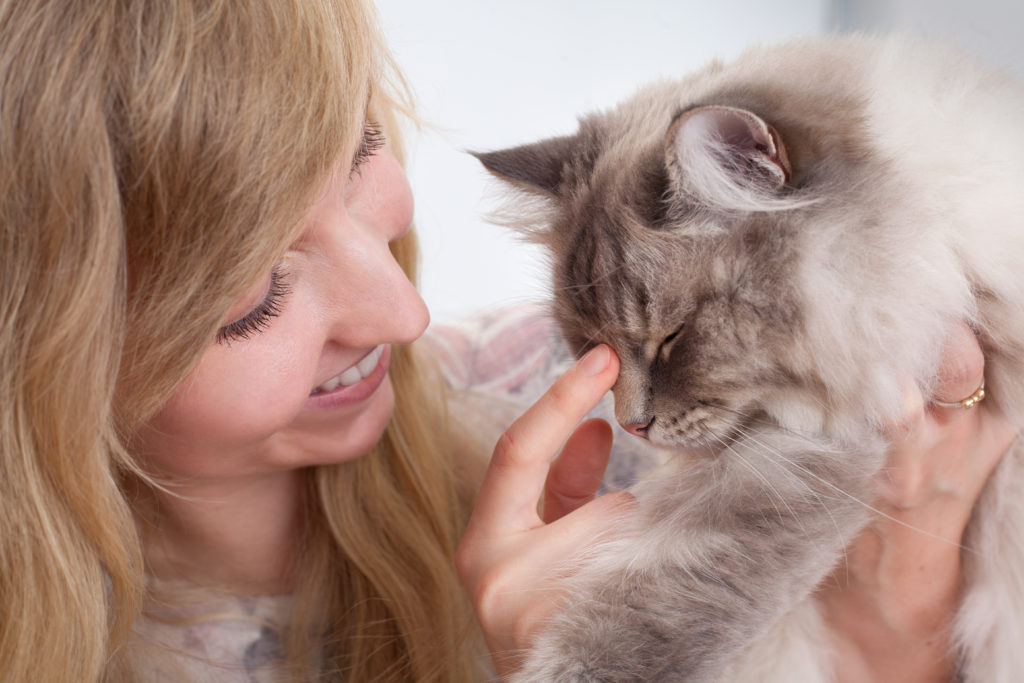Cats are magnificent, intelligent, loving creatures-no my cat is definitely not making me type this right now. When it comes to communication between you and your cat, things can be difficult. Many people struggle with reading cats and are often left wondering “what is my cat saying?” “How do I communicate with my cat?”. The good news is that it isn’t as difficult as it seems. When paying attention to what your cat is trying to tell you, you should pay attention to these 5 key things.
Affiliate Disclaimer: This post may contain affiliate links and we may earn a small commission when you click on the links at no additional cost to you so we can continue to provide you with helpful tips and tricks. As an Amazon Affiliate we earn from qualifying purchases. Thank you for supporting our small business.
The Noises
Normally, adult cats have a wide range of vocalizations to communicate with other adult cats that are typically lower. Domesticated cats have a special language just for their human companions to get them to understand. Although every cat meows a little differently, these are the general meanings behind some common meows heard: short meows are typically greetings, longer meows are usually a request, lower meows, growling or hissing indicates that something is wrong or agitation. Purring is frequently seen as a sign of contentment but can also be used under stress when ill or injured- always be on the lookout for signs of a sick or injured kitty as they do not have a good way to tell us that they are!
The Eyes
Eyes truly are the window to the soul or at least they can help to tell you what your cat is thinking. Dilated pupils can be signs of excitement or aggression- watch out for those claws! Slow blinking, or “air kisses” are signs of affection and shows trust in you.
The Tail
When reading the tail, pay attention to the fur, how it’s held, and how it moves. A happy tail can be held up in the air with the tip curved like a question mark, straight up in the air, or curved to their body. The fur will be flat and the tail will look relatively relaxed. If your cat is approaching you with its tail up and quivering that means that they are happy and excited to see you. An angry or anxious tail will be tucked close to them or straight up in the air and puffed. Look for a puffed-out tail and/or sharp wagging.
The Ears
Forward-facing, relaxed ears are signs of a relaxed kitty. Twitching ears are signs of awareness or anxiety. If your cat’s ears are turned back or pressed flat against their heads it is a sign of anger or anxiety.
The Touches
Cats are extremely affectionate (when they want to be) and use touch to show affection. Headbutting, nose kisses, grooming, kneading, and love bites are all signs of love for their human companions. All five areas should be observed when reading your cat’s body language and your cat’s own unique personality should be kept into consideration. If you notice your cat acting strange, contact a veterinarian.
If you enjoyed this post check out how to Teach Your Cat To Let You Sleep At Night

